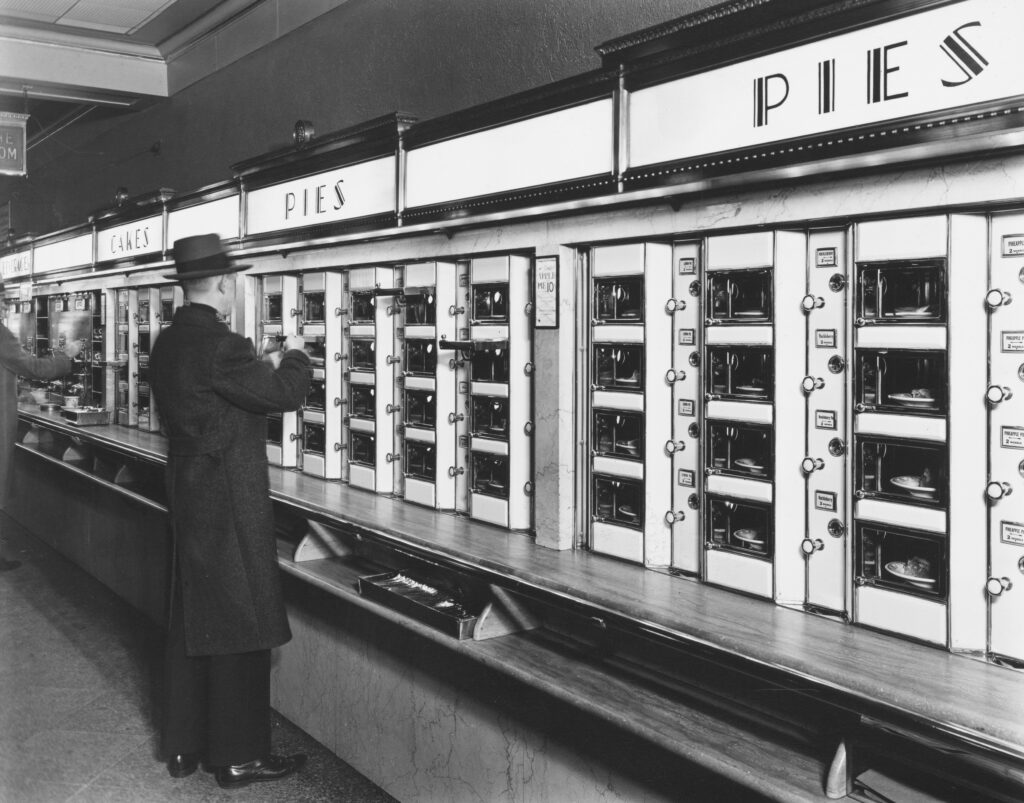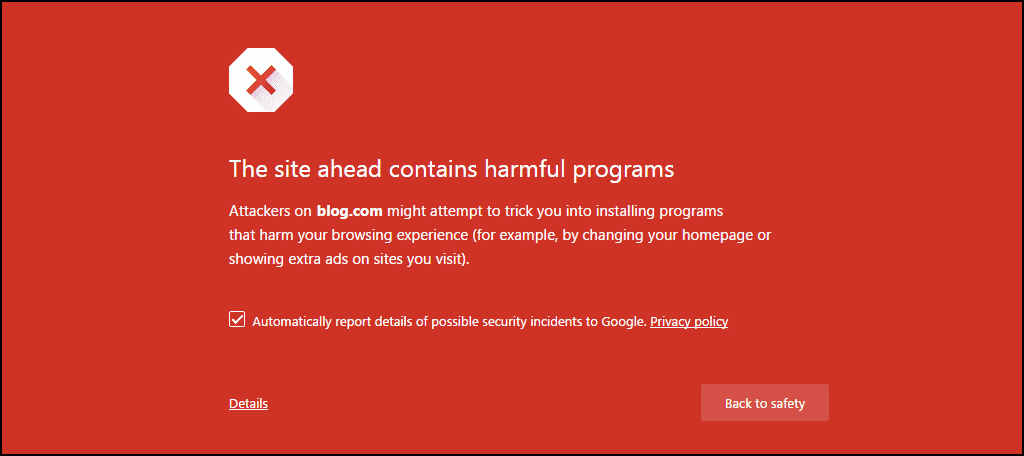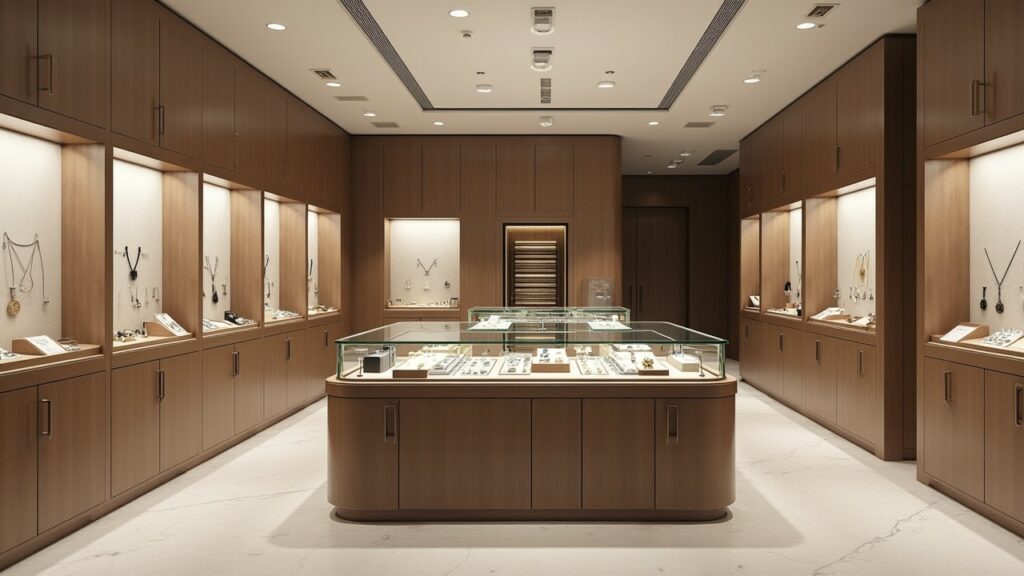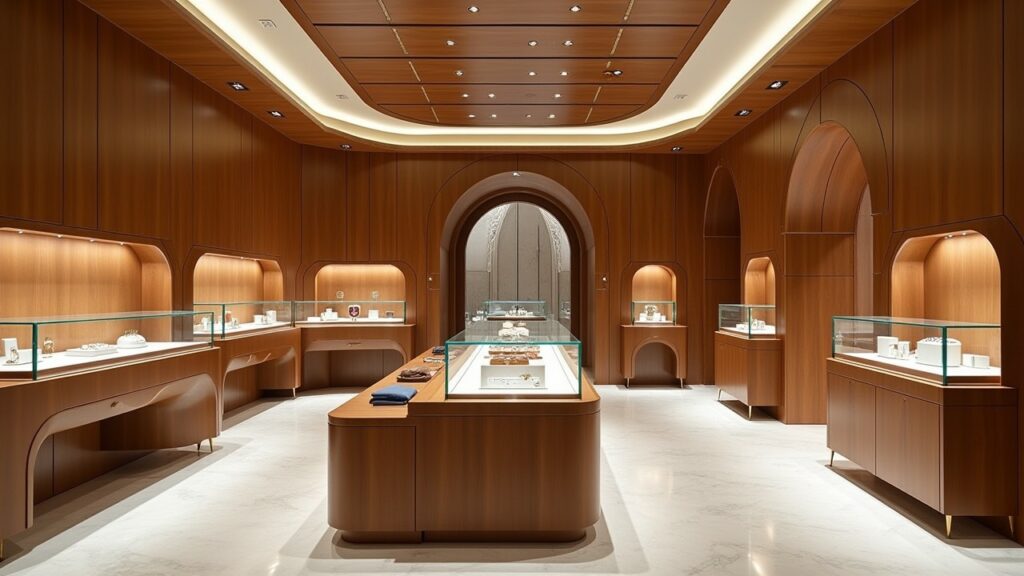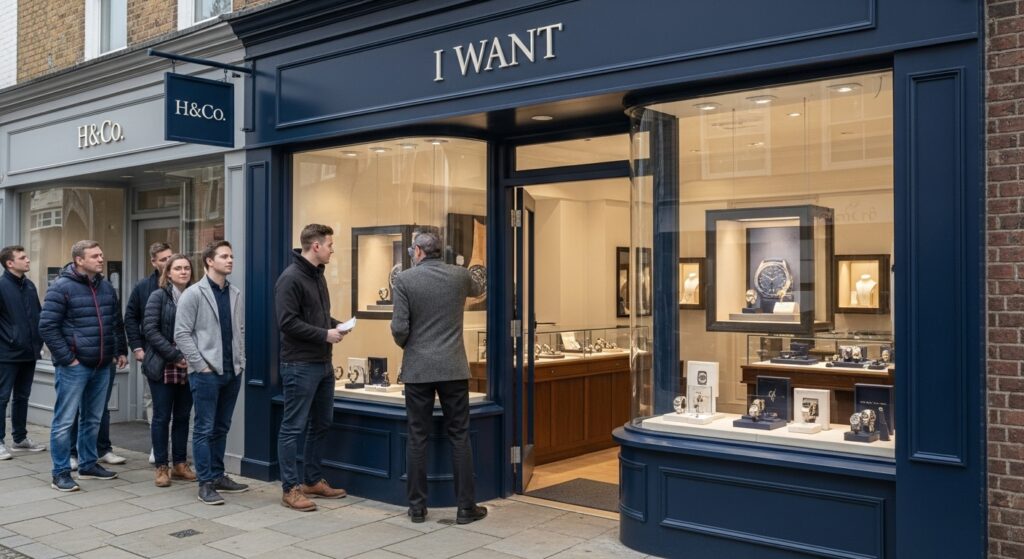
AI, SEO, and the New Rules of Getting Found
AI is already changing how people find businesses, and we’ve seen leads come in from tools like ChatGPT and Perplexity. What’s working now isn’t more content — it’s better content, built on connected data, original ideas, and trust signals. To win, businesses need to align their content and systems with how AI surfaces answers, not how Google ranks pages.


